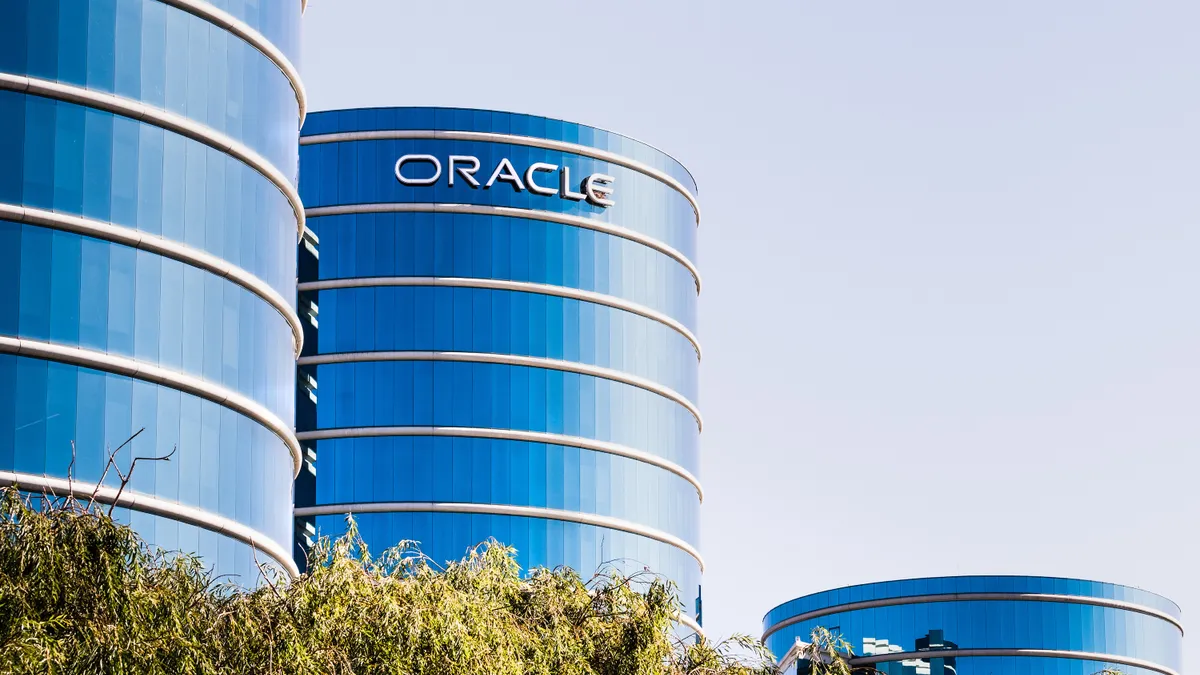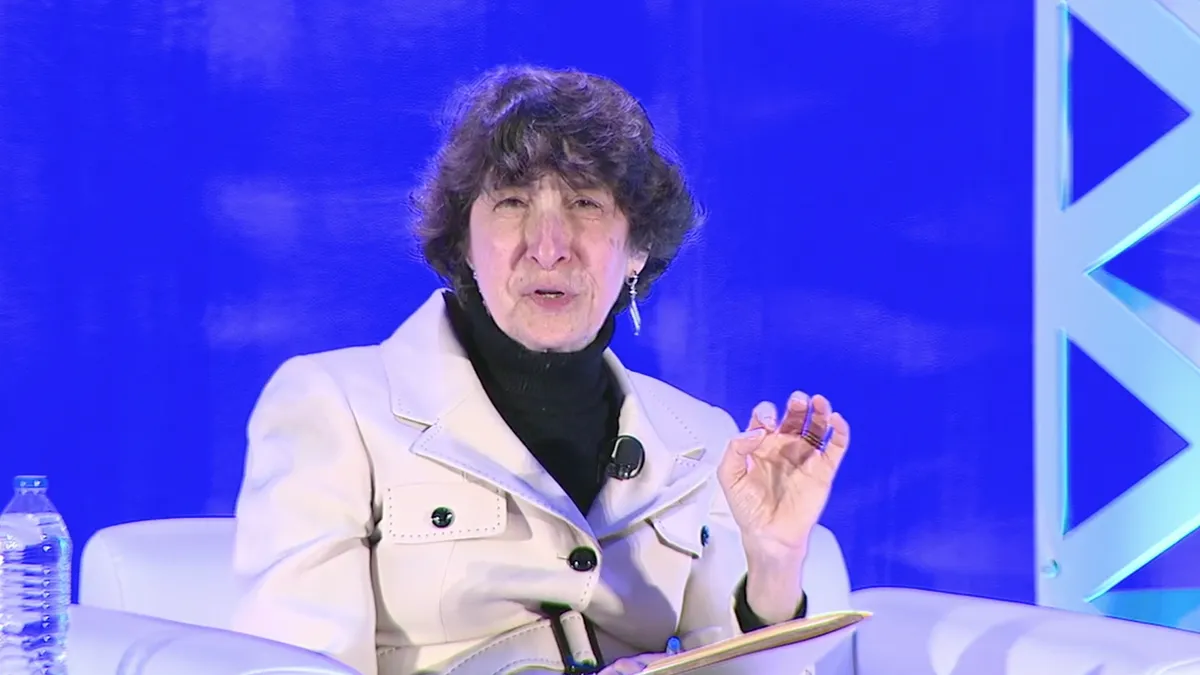Danielle Capilla is the vice president of compliance and employee benefits at Alera Group. Views are author's own.
Since its passage in 1985, COBRA has allowed qualified individuals who lose their health benefits due to a life event to continue to receive group health benefits for a set period of time. Continued coverage, however, is often cost-prohibitive as most qualified beneficiaries must pay the full COBRA premium. The American Rescue Plan Act of 2021, referred to as the third COVID-19 stimulus bill, provides 100% premium assistance for eligible individuals under COBRA for a six-month period that began April 1, 2021. For beneficiaries, this provides much-needed relief, allowing them to maintain their group health, dental and vision coverage. For employers, the law brings new notice and coverage obligations. Given the short time-frame for the subsidy, employers must quickly get up to speed on the new requirements to meet fast-approaching deadlines. Failure to comply with the new requirements may result in penalties.
Who is eligible?
Assistance eligible individuals include employees and their family members who lost health coverage due to involuntary termination or a reduction in hours. Individuals do not qualify for premium assistance if they are eligible for other group health plan coverage or if they qualify for Medicare. AEIs must still be within their maximum COBRA continuation period, generally 18 months after the qualified life event. Employers should identify employees with a termination date, or whose hours were reduced, on or after Oct. 1, 2019, as being potentially eligible for the premium subsidy.
Put simply, premium subsidies are available to individuals and their families who would be eligible for COBRA coverage during the six-month subsidy period. This includes individuals newly eligible for COBRA between April 1, 2021, and Sept. 30, 2021; individuals currently receiving COBRA coverage and whose eligibility extends into the six-month subsidy period; individuals who had COBRA but let their coverage lapse before April 1, 2021, but are otherwise eligible for coverage during the subsidy period; and eligible individuals who did not elect COBRA continuation coverage when they first became eligible, but would otherwise qualify for COBRA during the subsidy period.
Employees are not required to elect coverage retroactive to the date of their qualifying event or any other date prior to April 1, 2021, nor are they required to pay outstanding premiums for prior periods of coverage to secure premium assistance. Individuals are responsible for notifying the plan of changes to their eligibility status. If they become eligible for coverage through a new job or through another family member, for example, they must inform the plan or face a penalty of $250. The penalty may be waived if the failure was due to a reasonable cause. If the failure to notify is deemed intentional, the penalty is the greater of $250 or 110% of the subsidy amount.
Notification requirements
The ARPA requires employers, insurers or plan administrators, as applicable, to issue several new notifications to impacted employees, in addition to the standard COBRA notification requirements. The U.S. Department of Labor has provided model notices for employers to help them meet the notification requirements. Group health plans must notify AEIs of the COBRA subsidy by modifying existing notices or by sending a separate notification. This notice must include:
- The forms necessary for establishing eligibility for premium assistance.
- The name and contact information for the plan administrator.
- A description of the extended election period.
- A description of the responsibility of the qualified beneficiary to notify the plan when they are no longer eligible for a subsidy and the associated penalty for failure to do so.
- A prominently displayed description of the individual's eligibility and right to the subsidized premium.
- A description of the option to enroll in different coverage if the employer so permits.
The second notification — Notice of Extended Election Period — must be sent to individuals who had a qualifying life event prior to April 1, 2021. This applies to individuals who were eligible but did not elect COBRA coverage and to individuals who had COBRA coverage but let their coverage lapse. This notice must be provided no later than May 31, 2021. AEIs have 60 days after the notice is provided to elect COBRA coverage.
The final notification requirement is the Notice of Subsidy Expiration, which advises individuals if their subsidy will expire before September 30, 2021. This notice must be sent within a 30-day period that begins 45 days before the premium assistance expires and ends 15 days before the expiration date. The notification must include the exact expiration date and information detailing that the individual may be eligible for coverage without any premium assistance through COBRA or coverage under a group health plan. The DOL has indicated that excise taxes of up to $100 per qualified beneficiary or $200 per family per day may be imposed under the Internal Revenue Code if an employer or multiemployer plan fails to comply with the ARPA requirements.
Next steps
AEIs are not required to make any payments to qualify for the subsidies. Rather, the employer pays the full cost of the COBRA premium plus administrative fees and receives reimbursement in the form of a Medicare payroll tax credit. For credit amounts that exceed payroll taxes, the employer can apply for a refund to recoup the overpayment. With the DOL model notices now available, employers should work with their COBRA administrator to immediately begin to notify AEIs of their eligibility and ensure all required notifications proceed in a timely manner.
It's been a chaotic year for HR professionals, addressing the health and welfare of the workforce in response to the COVID-19 pandemic, supporting the transition to remote work, where applicable and adjusting to new regulatory requirements. Employers should continue to work closely with their benefits administrators to ensure compliance with these new regulations to avoid unnecessary penalties and ensure AEIs have access to the services available to them.




















